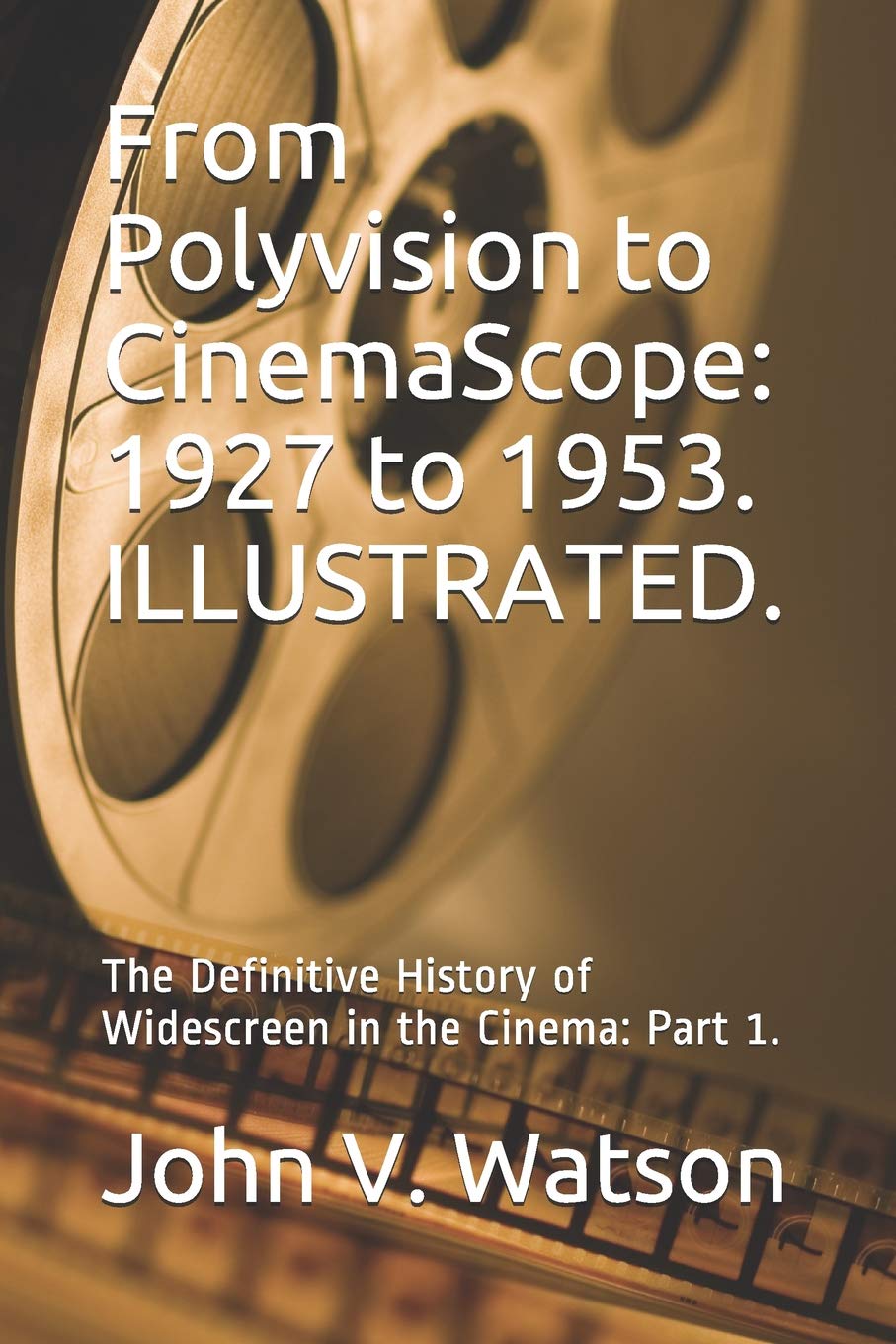


From Polyvision to CinemaScope: 1927 to 1953.: The Definitive History of Widescreen in the Cinema: Part 1. (The History of Widescreen in the Cinema)
J**I
Underwhelming and overpriced
I have lectured on the French director Abel Gance's use of a widescreen process called Polyvision, a forerunner of the three-camera process used in making Cinerama, for his epic NAPOLEON (1927). I've also lectured about Raoul Walsh's THE BIG TRAIL that was shot using a special camera to create a 70mm rectangular image. So, when I saw this book, I ordered it because I wanted to learn more about these films and others made during the last silent and early talkie years but never caught on because theater owners were more interested in converting to sound instead of spending money on new projectors and wider screens. Of the few films shot in a widescreen format, hardly any theaters could show them that way and their mixed reviews led to their demise. It wasn't until the 1950s that the format was revived by Cinemascope and became profitable.I am so disappointed in this study for a few reasons. I was expecting to learn more about the films cited - their production history and if there were relevant behind-the scenes stories. Instead, Gance's NAPOLEON merits only a page and a half! THE BIG TRIAL's entry is hardly better. I know there's plenty of info on Wiki and in other books about them, but it would have been nice to read about some of that here in the author's own words. Instead, he cites contemporary reviews that are mostly from the standard ratio/non widescreen versions of the films, which give mostly plot summaries, but that defeats the purpose of this book and are more like filler. Perhaps there aren't any reviews available but there must be more info out there. Therefore, I wouldn't call this book "The Definitive History of Widescreen in the Cinema" because more research is needed.On the cover, below the title, we see "ILLUSTRATED" in caps. That's a gross overstatement because there are hardly any illustrations! That was the selling point for me and another disappointment. There are 26 illustrations that are mostly newspaper advertisements and a few opening main credit title images from the widescreen versions. And not one image from NAPOLEON! The film is famous for its triptych widescreen images and one would expect to see an example here. There are three widescreen stills from THE BIG TRAIL, but it would have been nice to see the same shot compared with the standard ratio one since two different cameras were used side-by-side during filming. Some of the entries have no stills or ads at all.Why aren't there more images in this book? And most of them are from the standard ratio versions. There are enough to be found on the internet and in archives so was their lack here due to copyright or licensing issues that cost too much? If that's the problem, then why do a book without using them and call it "definitive"? That defeats the purpose so why make a book like this if you don't have enough material? The post-1931 films info is mostly unnecessary filler including several self-serving pages about the author's accomplishments that have nothing to do with the early widescreen films.This under researched book, which is more like a vanity press publication, is not worth the $37 I wasted on part of a gift card. My mistake for not looking at the preview. An inexpensive online version would have been better, but it still would be lacking in content.
Trustpilot
1 month ago
1 month ago